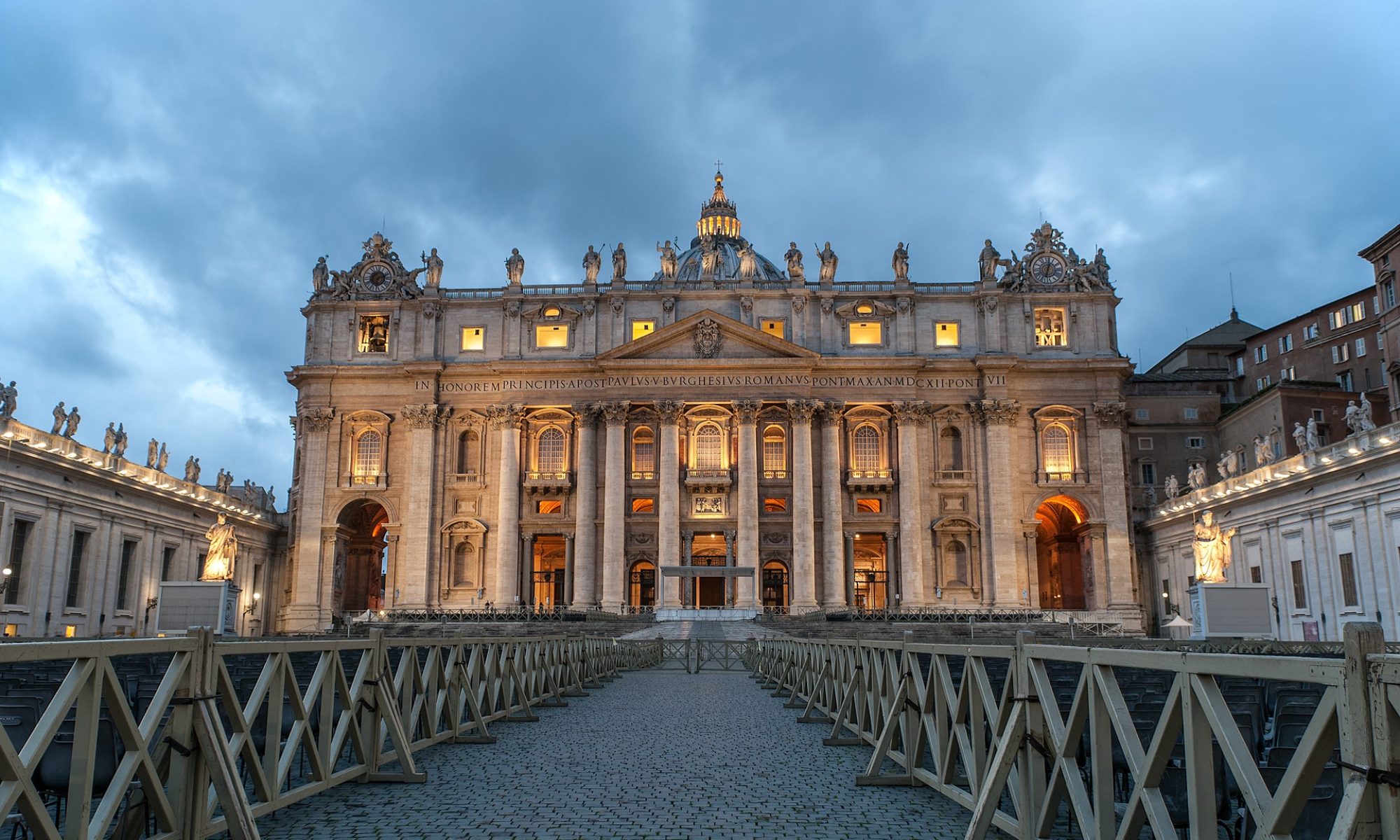Roma locuta, causa finita est (Rome has spoken, the issue is over). This phrase taken from Augustine (Sermo 131.10) has often been used to highlight the solidity of the Roman Catholic authority structure and the finality of its decision-making process. Well, forget it. After the Note of the Vatican Dicastery for the Doctrine of the Faith “Mater Populis Fidelis” (4 Nov), Rome has spoken (yes), but contradicting what was authoritativelty said earlier and making the issue an open-ended one.
We are talking about Mary being ascribed the title of “Co-redemptrix”, recognizing the contribution of Mary to the redemption of the world accomplished by the Son. Over the centuries, the acceptance of this title has been brewing in popular piety, in the writings of some mystics, and more recently in official documents by Popes Pius X and Pius XI. Pope John Paul II was also fond of talking about Mary participating in redemption, thus being worthy of being called “Co-redemptrix”. After the 19th century Marian dogma of her Immaculate Conception (1854), and the 20th century dogma of her Bodily Assumption (1950), there has been some expectation in some Catholic circles that Rome would promulgate the fifth Marian dogma, i.e. Mary as “Co-redemptrix”, in the 21st century.
While these developments in Marian devotions were at work and growing, there were also pushbacks coming from high ecclesiastical quarters. For example, Cardinal Ratzinger (before becoming Pope Benedict XVI) argued that the title was subject to misunderstandings and not yet sufficiently clarified theologically; Pope Francis expressed similar reservations fearing ambiguities and confusions over the exact nature of Mary “co-redemption”.
This sofly critical trend was echoed in the Note of the Vatican Dicastery. The document basically repeats the Ratzinger-Francis cautious comments: Mary as “Co-redemptrix” has not yet been clarified theologically and the title is open to abuses if it is thought as paralleling Chirst’s redemption. The new element is that the reigning Pope, Leo XIV, shares these concerns and has approved the Note. For these reasons, for the time being, the Vatican is not to put in motion the promulgation of the fifth dogma, but will stick to a wait-and-see policy. It is more of a temporary stop of the process, than a definitive halt.

A few observations need to be made. First, Roman Catholic Mariology has always had maximalist and minimalist parties. The pendulum has been swinging in one direction or the other. The Note signals the fact that the latter is now prevalent over the other in the Vatican headquarters. The movement could change in the future, given the fact that Mariology, not being governed by Scripture Alone, is conceptually and practically open-ended.
Second, while the Note is cautious about new developments towards Mary’s title as “Co-redemptrix”, it unwaveringly reaffirms the traditional Roman Catholic Mariology made of unbiblical dogmas, practices and devotions. The document reiterates the view of Christ’s mediation as being “inclusive” and participatory, thus making room for Mary’s and the saints’ intercession and mediation of graces. There is no “Christ alone” theology in the Note!
Third, the main driver of Mariological development has always been the lex orandi (i.e. liturgy and spirituality) rather than the lex credendi (i.e. doctrine). The Vatican Note underlines a potential problem in the latter but warmly encourages the full expression of the former. In other words, the door for Mary’s co-redemption is not definitively closed, but only left ajar. Inspite of idealized views of Roman Catholicism, Rome is not the stable and coherent entity that pretends to be.
There is far truer and better way to honor Mary than that of the Vatican Note: imitate her faith and cherish her legacy according to Scripture while trusting in Jesus Christ alone for our salvation.
(A version of this article was posted on Evangelicals Now, 6 November 2025)


